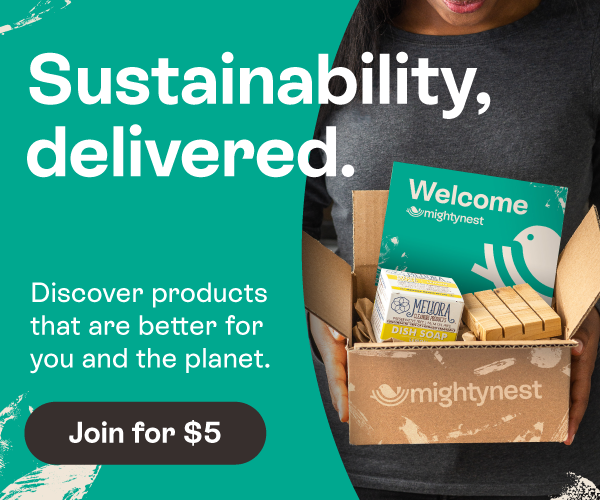
We know that danger lists can feel overwhelming. This list, published by the Feingold Association in their Pure Facts newsletter, is based on EPA data and posted on Safbaby. It filters a longer list from the EPA to specifically call out chemicals that cause the most harm for children. "Neurotoxicants are chemicals that damage the nervous system; they are linked to the continuing rise in learning, behavior and other developmental problems." The following chemicals made the cut.
We added additional details to each item to provide more background as to why they likely made the list:
Aspartame – the widely-used synthetic sweetener that is sold under names like NutraSweet and Equal. The negative and harmful side effects are too long to list. Accounts for over 75% of adverse reactions to food additives reported to the FDA.
Benzene – occurs both naturally and synthetically. It is regarded as one of the most dangerous of the chemicals that can be found as a containant in food dyes. Cancer causing chemical found in juices, soft drinks and according to EWG, even in some water supplies. For more information, read this article, published yesterday on Huffington Post which focuses on the FDA currently investigating the link between food dyes with hyperactivity in kids. Laurie David also writes an article questioning the presence of the FDA regarding food dyes, here.
Bisphenol A – also known as BPA, is a known endocrine disruptor, as it mimics hormones in the body. Can be found in plastic products and linings of canned food and beverage containers.
Butylated hydroxyanisole (BHA) – a petroeum-based preservative. Used as a preservative for common household foods. Prevents foods from oxidizing too quickly and spoiling. Considered a human carcinogenic. Found in breakfast cereals, desserts, candy, chewing gum, potato chips, vegetable oils, shortening, and sausage.
Butylated hydroxytoluene (BHT) – a cousin of BHA. Similar dangers to BHA.
DEET – a chemical commonly used in insect repellents. Studies show that exposure causes neurons to die in regions of the brain that control muscle movement, learning, memory, and concentration. Children are more susceptible to subtle brain changes caused by chemicals in their environment because their skin more readily absorbs them. Also, their still-developing nervous systems are more potently affected.
Lindane – still found in head lice treatment products. EPA calls it "one of the most toxic, persistent, bioaccumulative pesticides ever registered," but Lindane is still stubbornly being supported by the FDA for use in shampoos and lotions used on children.
Monosodium Glutamate (MSG) – This is a widely used flavor enhancer that is often disguised under other names. Can cause serious chronic neurological disorders and a myriad of other acute problems.
Polybromated diphenyl ethers (PBDEs) – flame retardants. Found on children's pajamas, furniture and many other household objects. May cause liver toxicity, thyroid toxicity, and neurodevelopmental toxicity.
Phthalate, di-(2-ethylhexyl)- used in soft plastics like shower curtains and squishy plastic toys. Studies have shown links to phthalates as reproductive and developmental toxins.
Trichloroethylene – long used in dry cleaning, but still used in industry.
Here at MightyNest, everything we sell is free of all these chemicals. When buying products for children and for the rest of your family, we strongly suggest using non-toxic products.
- When buying insect repellent, opt for a natural DEET-free solution like Badger anti-bug spray
- Use BPA-free, Phthalate-free and Lead-free products in your home. Glass and Stainless Steel are the safest choices for toxin-free dishes, cups and utensils.
- Natural Toys made from natural material like wood and organic cotton are safe from toxic chemicals.
- Natural Art Supplies do not contain any synthetic dyes, phthalates or preservatives.
- Organic cotton pajamas and bedding are free of PBDE's.

